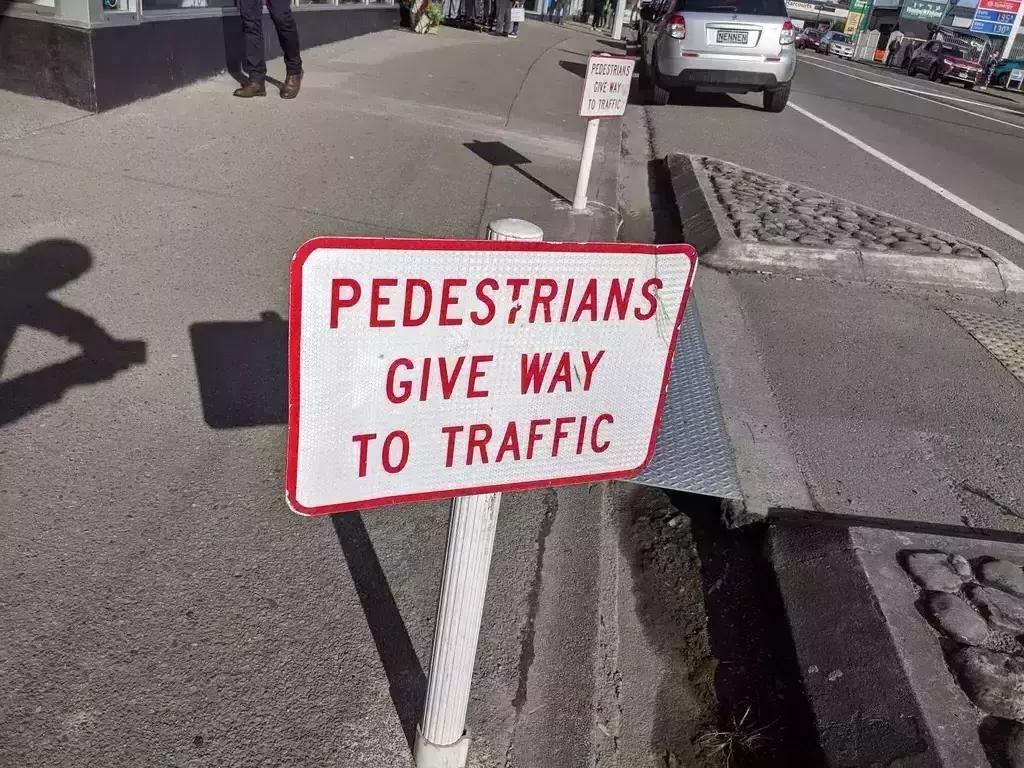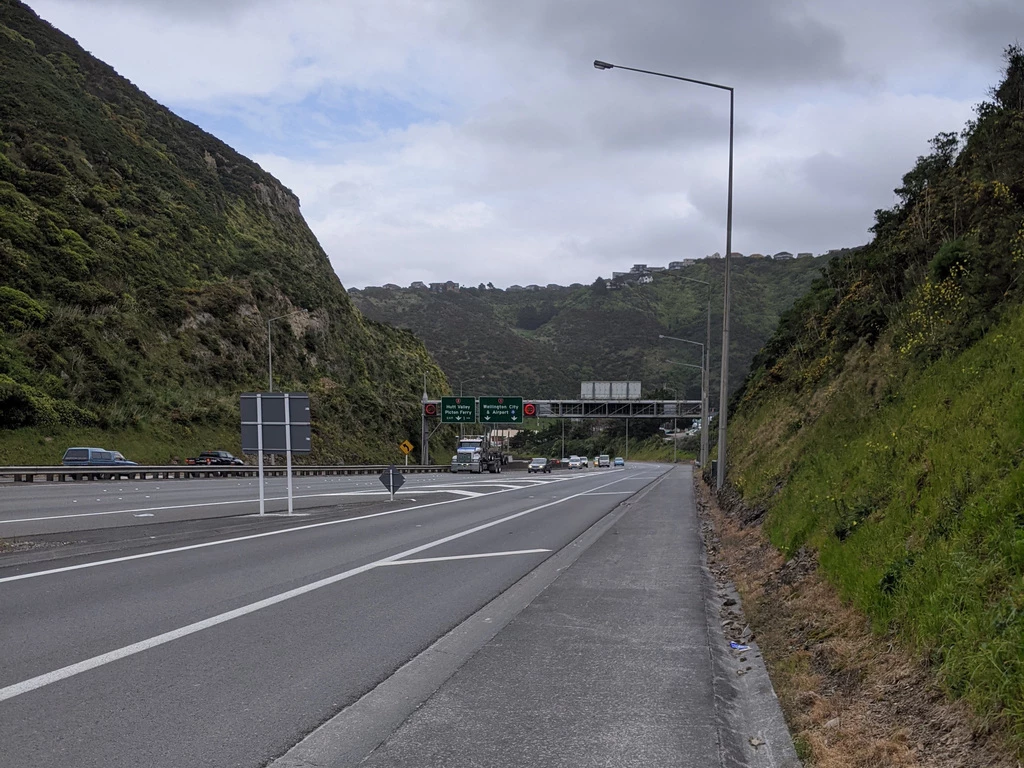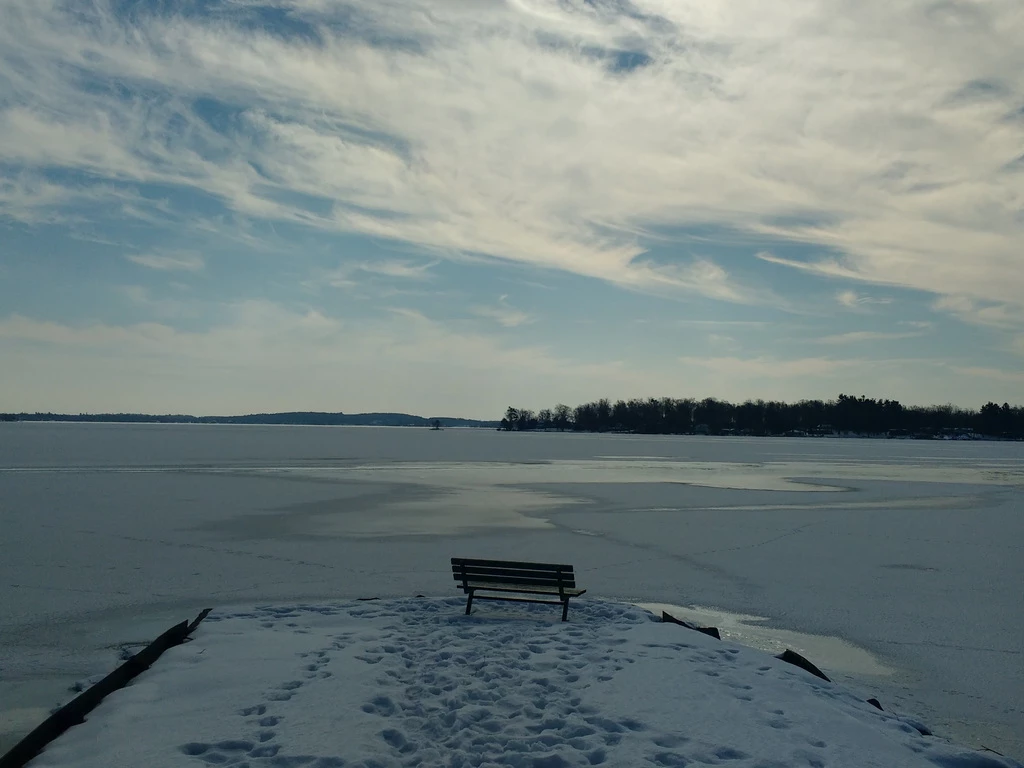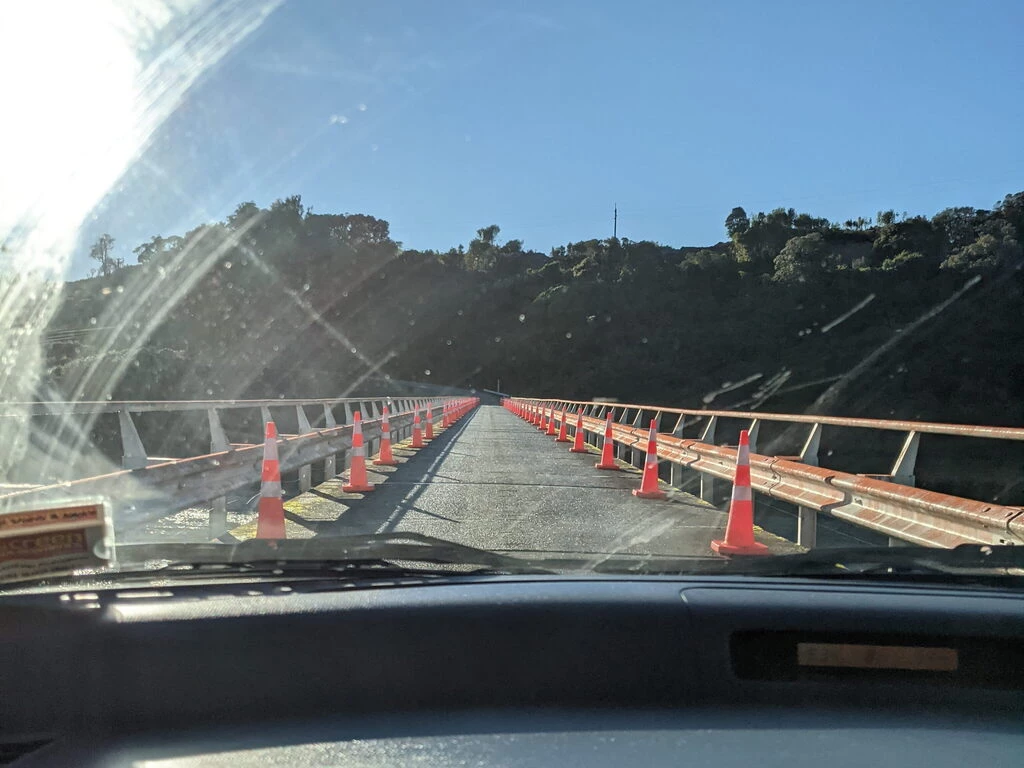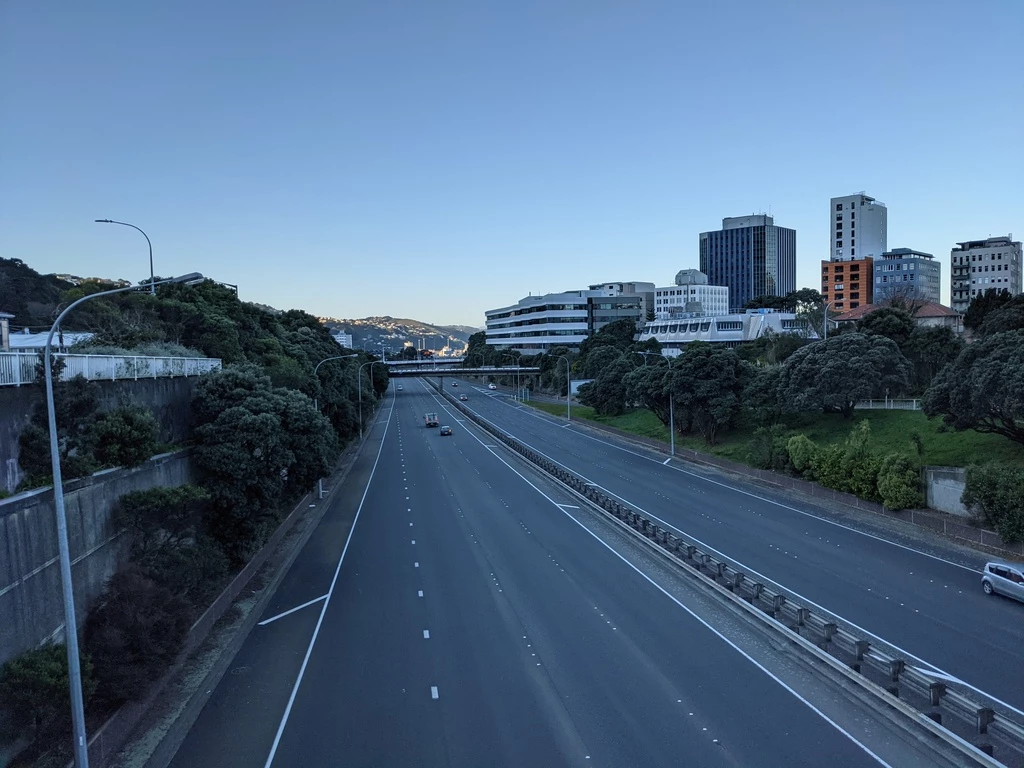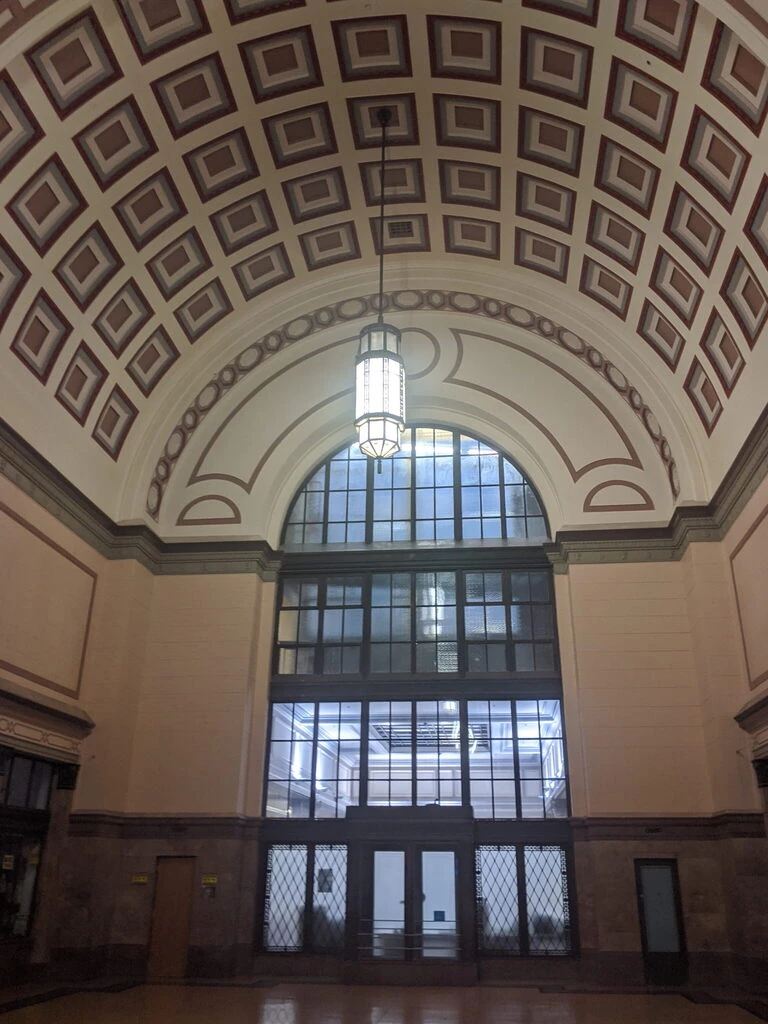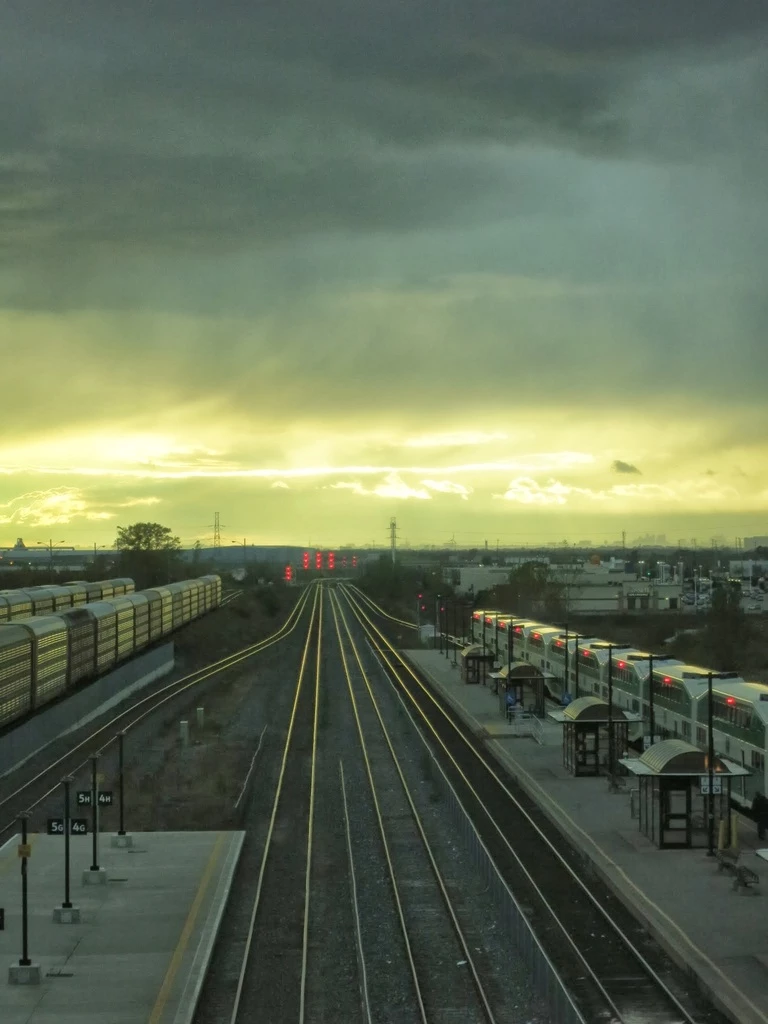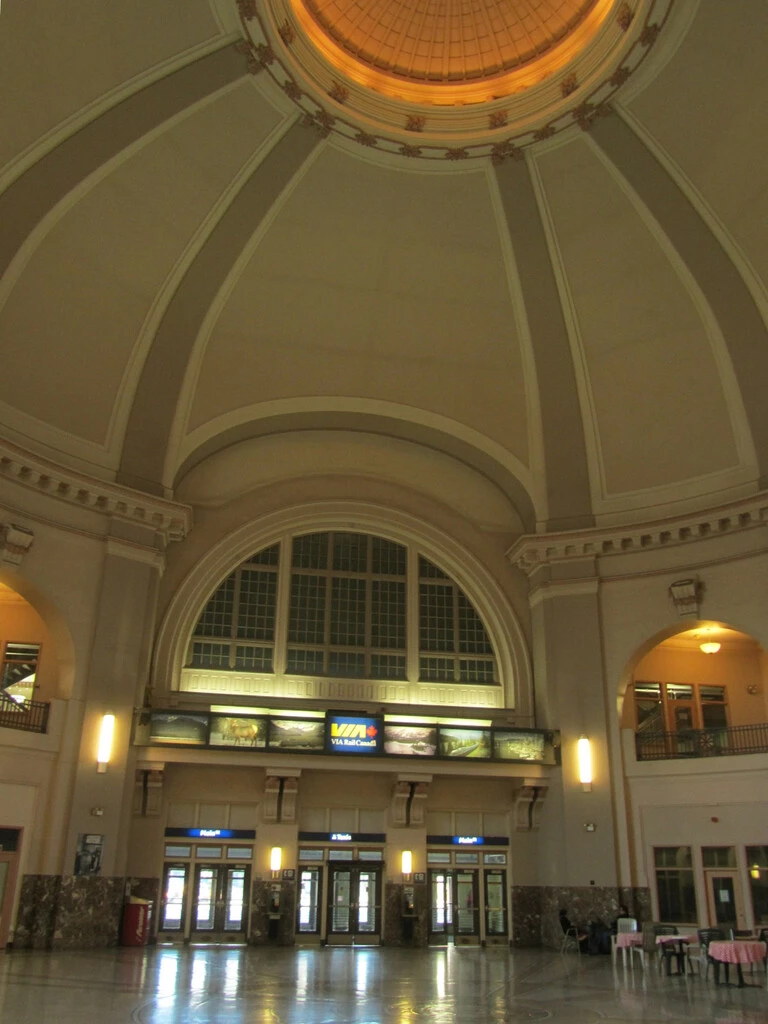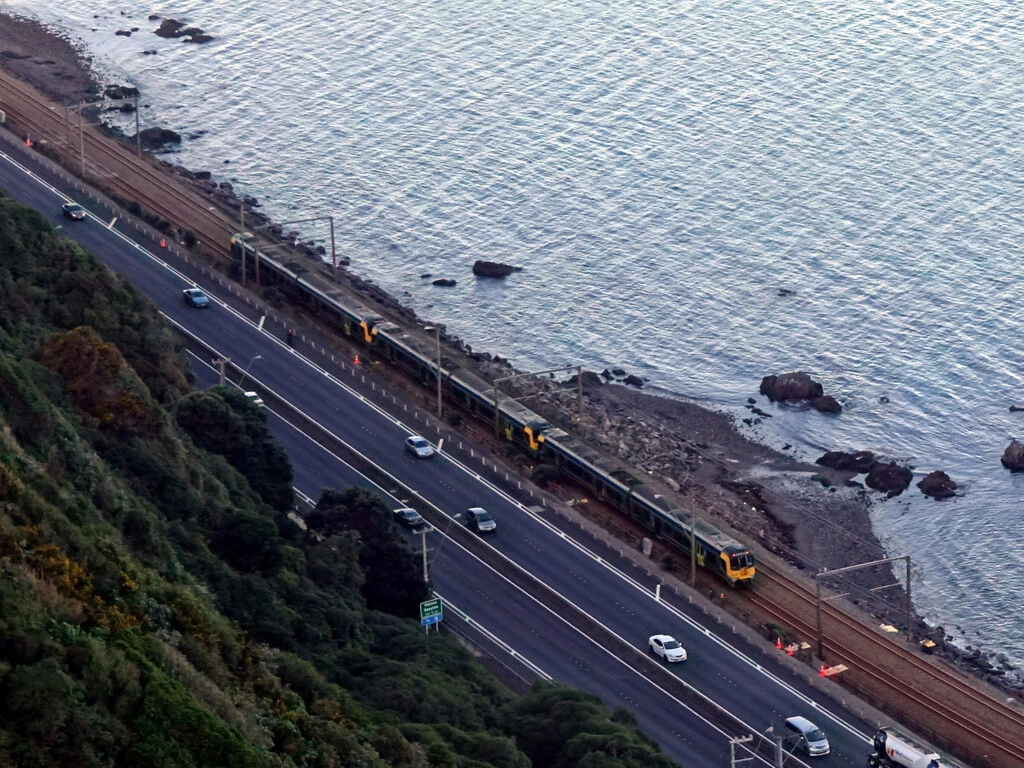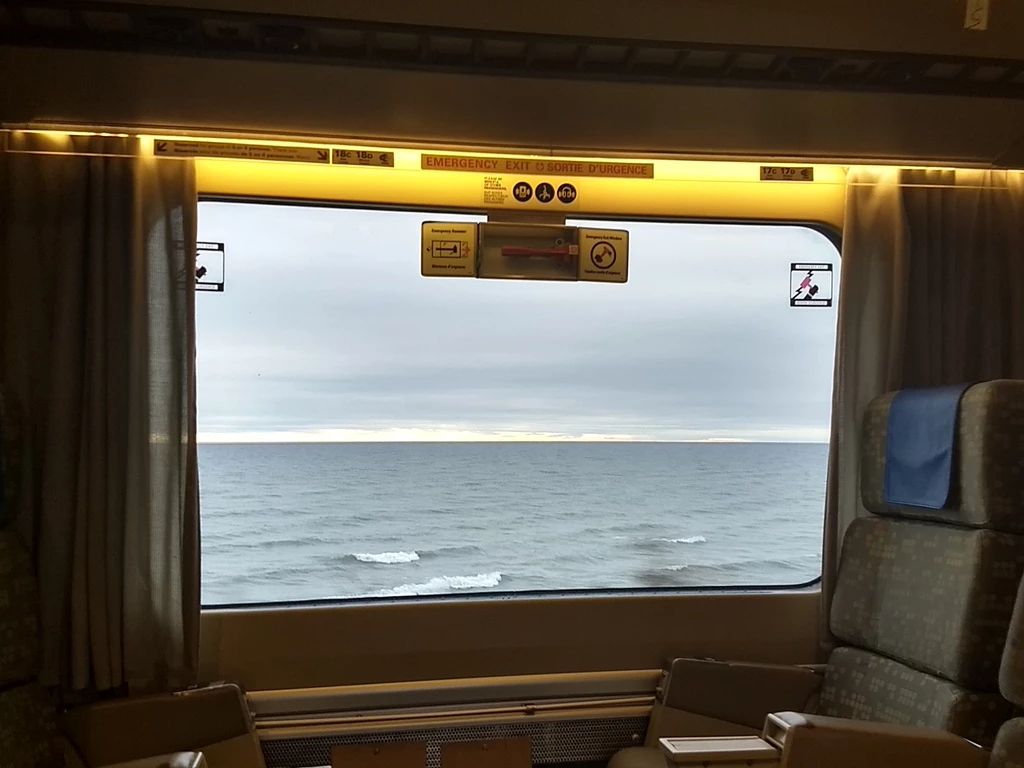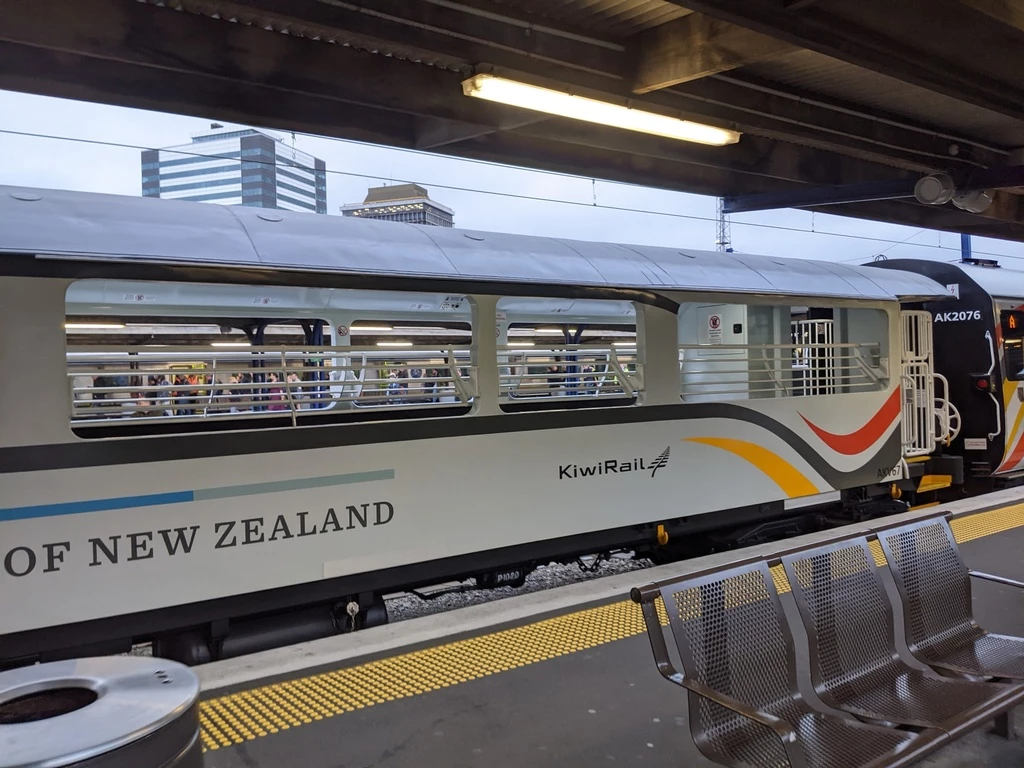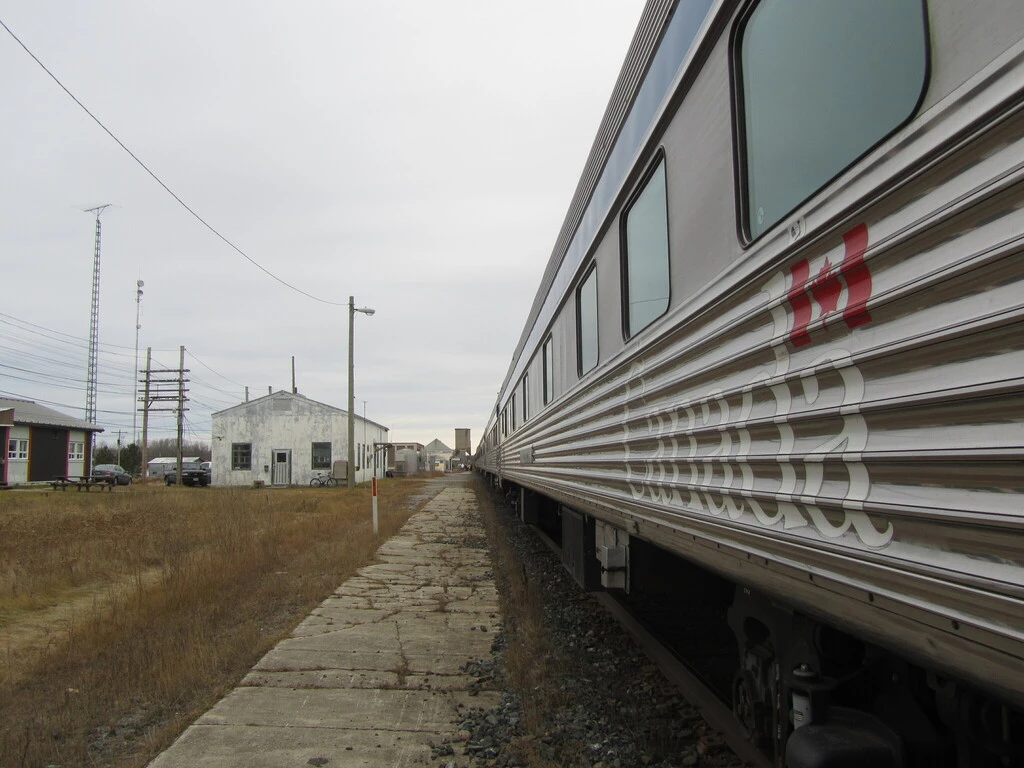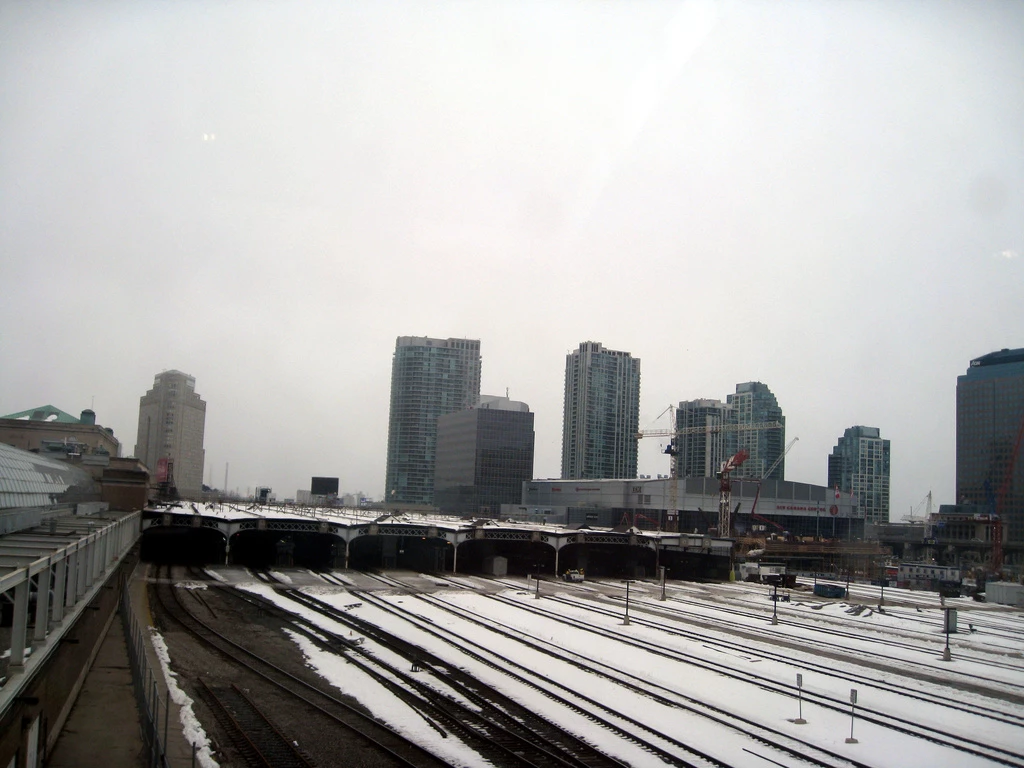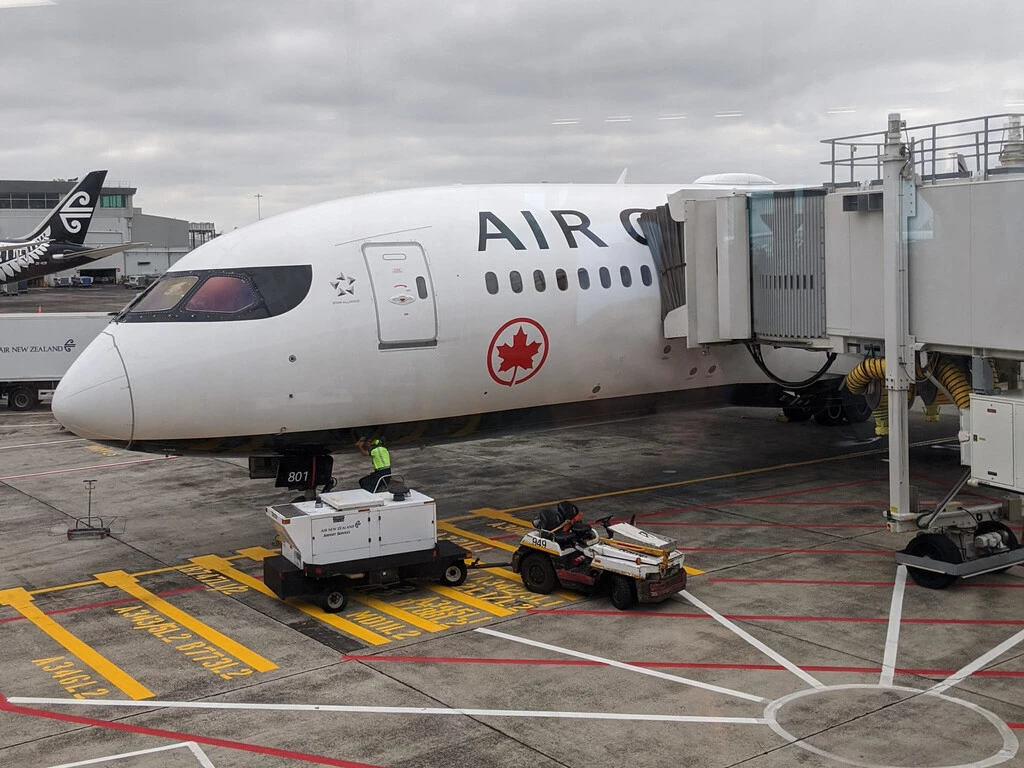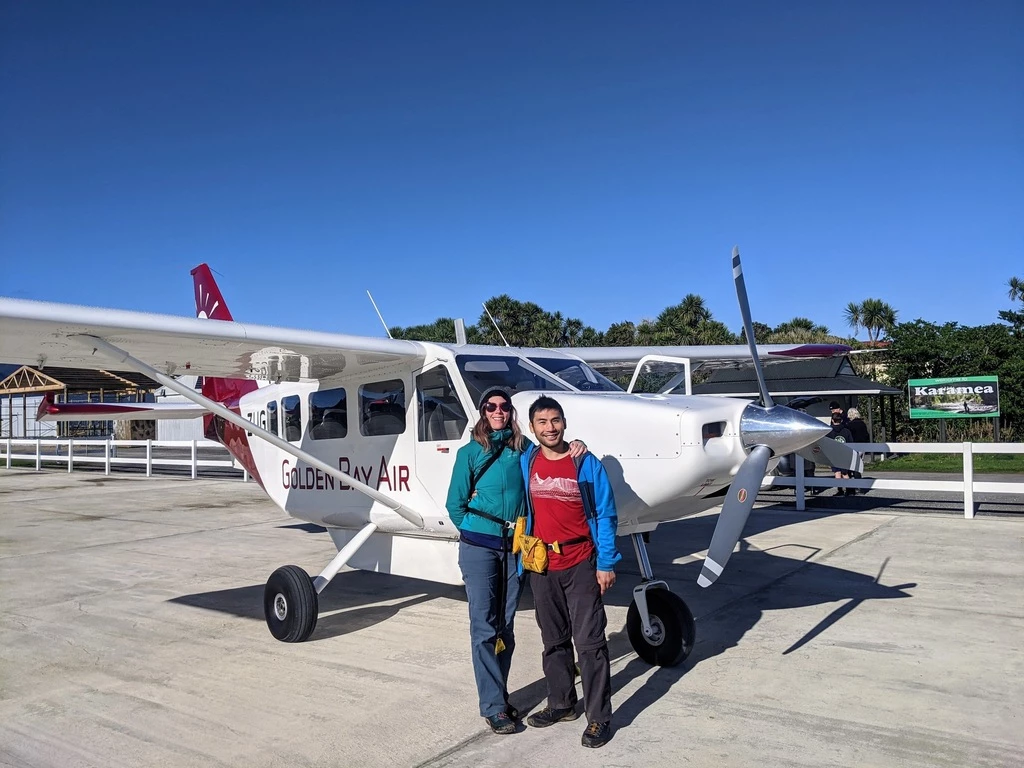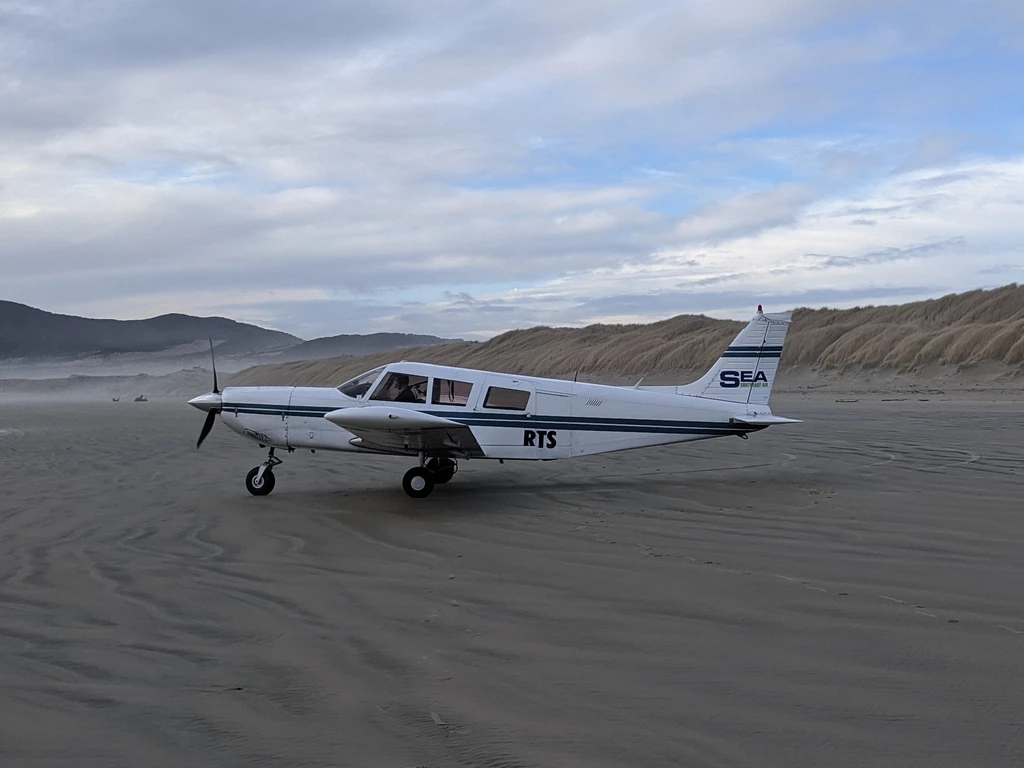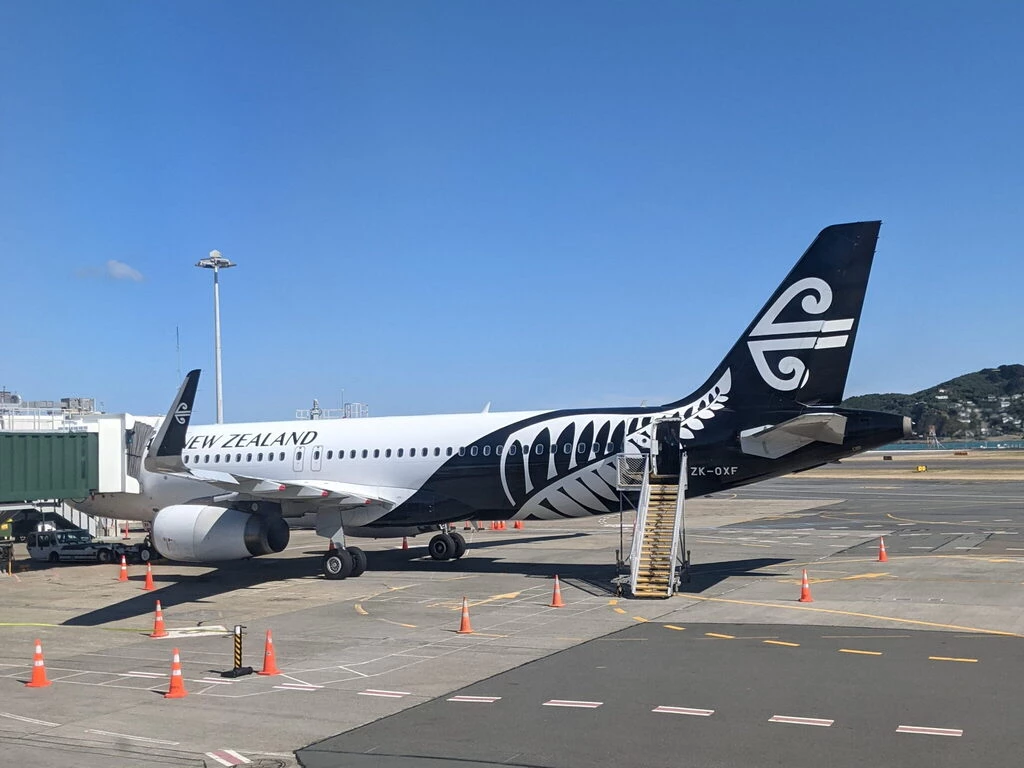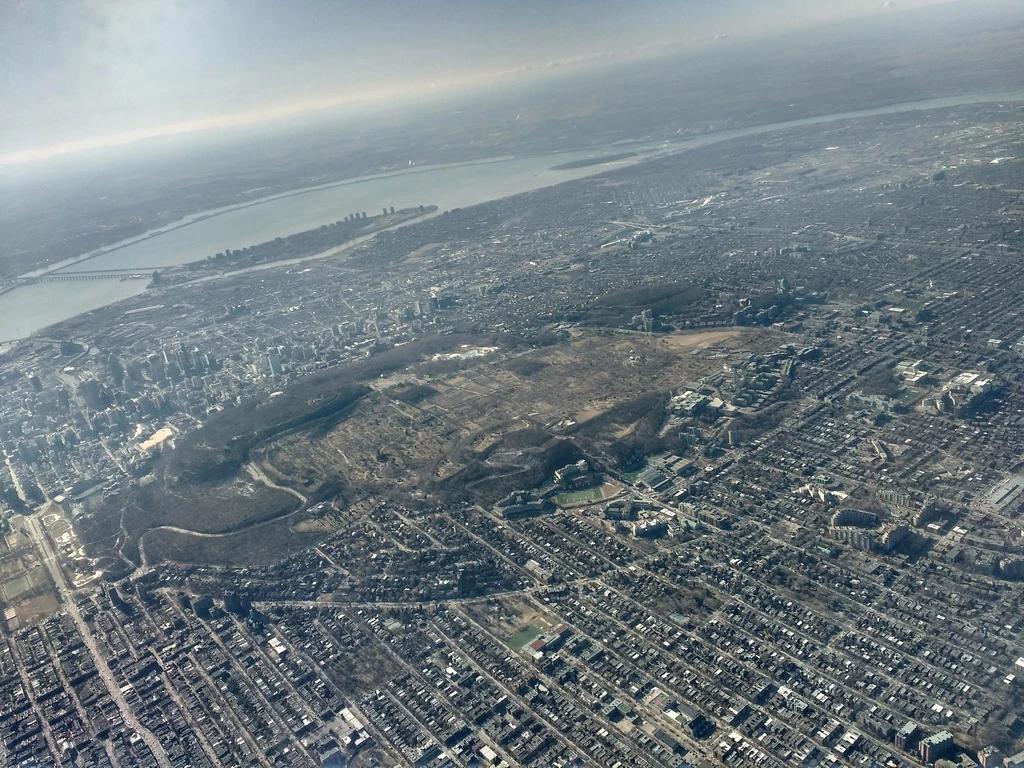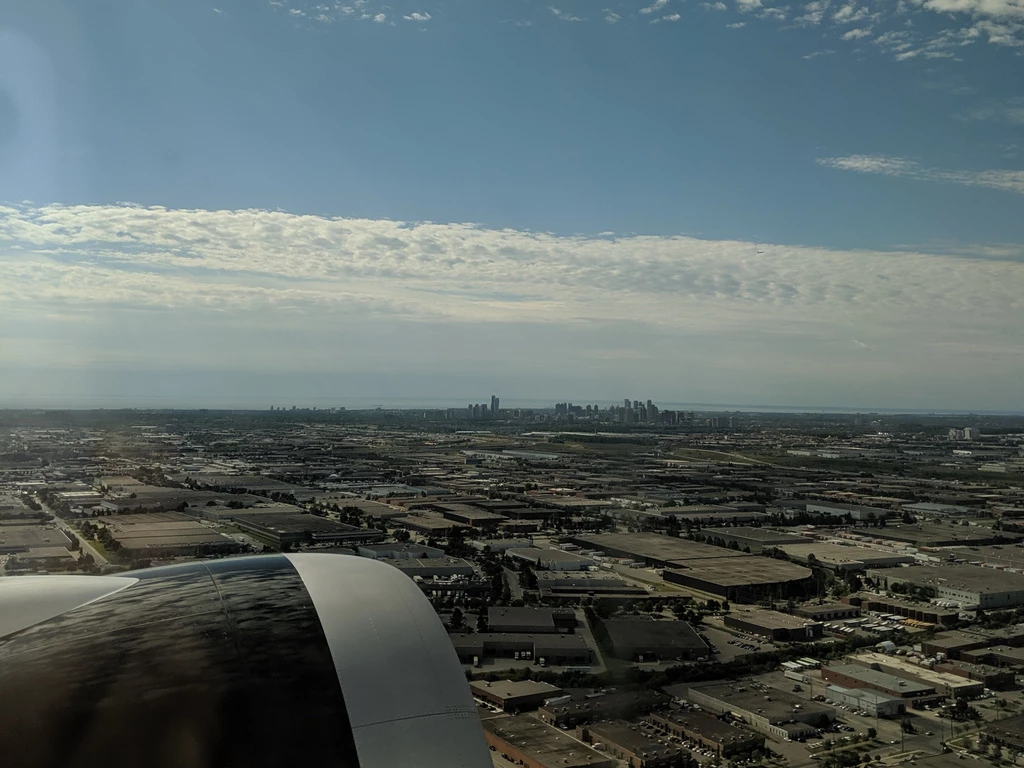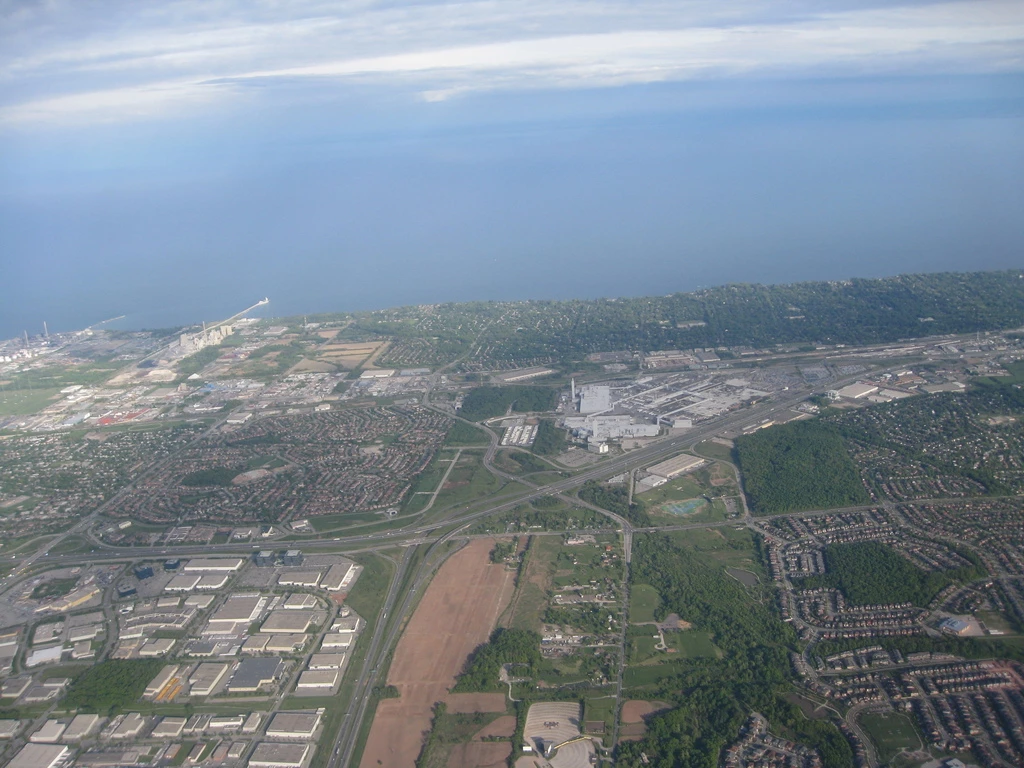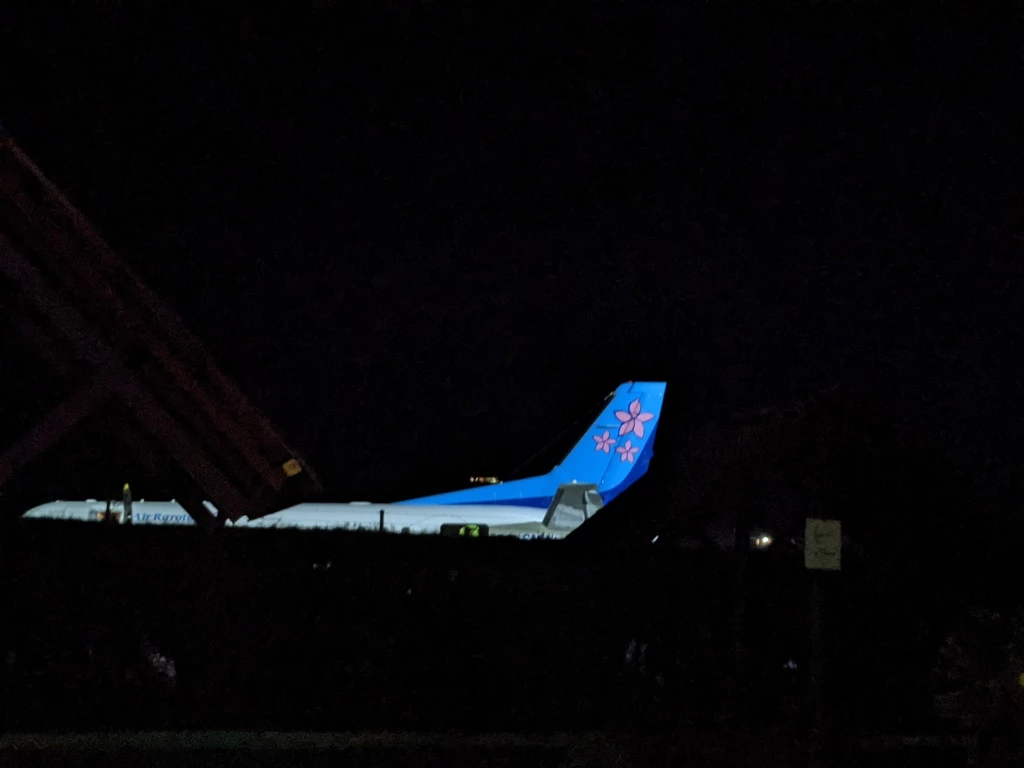Table Of Contents
Cover: Highway parallel to Abbots Creek in Dunedin. Roads can be difficult to integrate in NZ’s topography. Unlike most of southern Ontario and Quebec’s St. Lawrence Valley.
I was thinking that I haven’t had to deal with the 401 lately, and grateful for that. Most of the drive between Waterloo and Montreal is on the 401. I try to go by car at most once per year, combining it with transporting bulky items by car. I’ll have to drive it at least once in December. Hopefully no more than once (trying to figure out logistics right now). It is a boring drive, and I hate driving.
But not just that. I don’t think there is a comparable drive in New Zealand, both because of the geography and because of the built form and the population distribution.
For more thoughts on historical NZ travel patterns, see my review of Emerald Hours: part 1 and part 2. I’ve also written about how to get out of Waterloo.
The Corridor: Linking Canada’s Urban Centres
The elephant in the room is Toronto-Montreal, which is the core part of what VIA Rail calls the Corridor.
Clearly Toronto is to Canada as Auckland is to New Zealand.
Statistics Canada says that Greater Toronto had 6.4 million people and Montreal 4.0 million as of 2016. Here I mean the Toronto of most Canadians alive today: Montreal used to be the metropolis of Canada, but not anymore, with Toronto overtaking Montreal in population in 1975 per the links.
OK, but what about the second city of New Zealand? Probably Christchurch. Canterbury region has 649k residents compared to 547k in Wellington, compared to Auckland’s 1.7M. The comparison is flawed for at least two reasons: population ratios are way off, plus there’s the Cook Strait in the way. The Christchurch/Wellington ratios are closer than the Toronto/Montreal ratios, but there’s still the body of water.
(The Montreal/Quebec ratio, at 5×, is even more skewed than Auckland/Christchurch at 2.6×).
Transport patterns
OK, what about other transport around Canada and New Zealand?
Cars and holiday travel
What to do about people who want to leave Auckland for the holidays was a big open question due to COVID being suppressed in Auckland and eliminated elsewhere. Until December 15, only permitted travel is allowed into and out of Level 3 areas (Auckland and a few adjacent areas). I’m sure Canada-US border crossings handle more than that (Buffalo-Niagara Falls, NY reports 4.8 million for the year, and that would be bursty), but there’s dedicated infrastructure. In the end, NZ decided to have a selective enforcement approach. I’m sure that’ll be great for marginalized people.
Lots of people leave Greater Toronto on the 401 on long weekends as well: I’ve seen the hours of inbound traffic on Monday afternoons (fortunately I was going in the opposite direction). Unlike commuting patterns, the cars are actually pretty packed, i.e. not single-occupant. I think NZ has a similar traffic pattern out of Auckland, but I haven’t been there at that time.
The surface transportation network
Both Canada and New Zealand spend a lot of money maintaining highways. In Southern Ontario and out to Quebec City, there’s a lot of what would be known in the UK as dual carriageway: divided, four lanes (two per side). I think all 400-series Ontario highways are (over)built to this level. New Zealand has motorways in and around the major cities, but otherwise it’s often two lanes, and the main routes go right through smaller towns (NZ SH1 is more like US Route 66 than an Interstate, Ontario 400-series highway, or Quebec Autoroute).
The speed limit in New Zealand is often 100, though I got a ticket (video) once for driving 105 on the motorway outside Dunedin. It’s 100 on major highways in Ontario and 80 on country highways (90 in Quebec). I often feel like 100 is awfully fast on back roads in NZ. And then there are the one lane bridges in NZ, which definitely feel sketchy.
The Cook Strait means that the ferry (Interislander or Bluebridge) is an important part of the transportation system. This body of water makes things more difficult. PEI and Newfoundland have similar issues (a bridge to PEI was a joining-Canada condition; the Confederation Bridge finally got built a century later), while it turns out that Vancouver can be cut off by flooding. Central Canada is easy to connect.
In New Zealand, the InterCity network seems relatively extensive: more so than the ever-shrinking Canadian inter-city buses. I don’t really want to get into this more except that Greyhound Canada was really not into providing service for reasons and MegaBus Canada was picking up some of the more-lucrative routes.
Trains
Yeah, nah. I would say that both Canada and New Zealand don’t have serious train transportation networks in 2021.
Commuting
In New Zealand, Auckland and Wellington have pretty decent commuter train networks, with limited commuter service to Hamilton from Auckland recently introduced, and to Palmerston North from Wellington. NZ’s Hamilton and Palmerston North could be described as satellite towns about 2 hours of road transport away from their major centres; they’d benefit from at least two-way all day service, though I’m not sure the numbers would work out based on population. Christchurch used to have trains, but now doesn’t.
Montreal and Toronto both have extensive commuter train networks reaching out to the exurbs as well. Toronto’s commuter train reaches its Hamilton; it’s a comparable commute. The Toronto-Hamilton service is hourly all-day service, which is acceptable frequency. Speed could be faster. Vancouver has a lot of local transit (SkyTrain) but no commuter trains.
Inter-city
The only other frequent train in Canada is on the Corridor, which accounts for the vast majority of VIA Rail’s service. It is a viable inter-city service and the Montreal-Toronto time is reasonable, especially for city centre to city centre. VIA Rail has proposed High Frequency Rail. There have been some funding announcements, but I’ll believe it when I see it.
Both Canada and New Zealand have various tourist trains. These train routes have been, and could be, viable transport for normal people, but aren’t right now. (There are also train services to isolated Canadian communities, but I’ll leave that out of this discussion). Canada has VIA 001/002, the Canadian, along with a few other services, and New Zealand has the TranzAlpine, the Coastal Pacific, and the Northern Explorer. I have taken many of these services to get from Point A to Point B, in both Canada and New Zealand, but people usually don’t.
Planes
I think the fact that NZ is much smaller than Canada (it’s UK-sized) makes a big difference here. Also the Cook Strait. All NZ domestic flights are short-haul (max 2 hours Auckland-Invercargill) and have not been very expensive: I usually pay under NZ$100 one-way and only sometimes up to $250, for Air New Zealand flights. (Also I’ve had 0 delayed bags on Air New Zealand; the expected number in North America would be more than 0 given the number of flights I’ve taken.) JetStar is a competitor. Trains (and ferries) really should be viable given the distances involved; they’re viable in the UK, after all, though with more population density.
On the other hand, where would I go in Canada? Of course, I’ve gone to a lot of places (I’ve set foot in all provinces and 1 territory), but routinely it’s the Corridor, which I prefer to travel by train, even if it’s annoying to get to Union Station. In the range of places that are NZ-distance from me in Waterloo, there’s Montreal and Quebec City. Quebec City is too far for land travel. Toronto-Montreal has massive air capacity (more than VIA Rail of course), though the last flight from Montreal is surprisingly early, 9:30pm last I checked.
The psychologically comparable trip to Toronto-Canmore (Calgary) is Wellington-Queenstown. I’d expect to pay at least $250 one-way to get to Canmore. There is also Vancouver as well as other smaller centres, but the ones I’d want to visit are not cheaper to get to. But, OK, it is legit tougher to build a competitive train network in Canada than in NZ.
As a total red herring, the Cook Islands really do need planes to connect the islands in any sort of timely way. Air Rarotonga provides that service. It’s expensive. The flight to Aitutaki was much more like scheduled air service while the flight to Atiu felt much more like general aviation.
Analogously, there are regional operators in New Zealand like Sounds Air, Air Chathams, and Barrier Air, all of which I’ve taken, along with the ones whose planes I showed off above. I also had a ticket booked with Fly My Sky, but then they stopped operating and I chargebacked the ticket. In general, the NZ regional operators aren’t expensive either. In fact I find NZ travel pretty affordable compared to North America, but that’s beyond the scope of this post.
Conclusion
Looks like the transport networks in Canada and New Zealand are incomparable due to geography. The UK might be a better bet, but I’m unqualified to write anything about the UK’s transport network.
In practice, I leave Wellington using the plane: might as well if I’m going to the South Island, and many places on the North Island are further than I want to drive (plus I have no car). In Canada, I can get away with leaving Waterloo by train to Montreal, sometimes including a bus to get to Toronto. But otherwise it’s also usually by plane. There aren’t that many trips I’d take by car from Waterloo, except for Toronto and for climbing on the Escarpment. That’s a function of both lack of destinations and lack of infrastructure.
